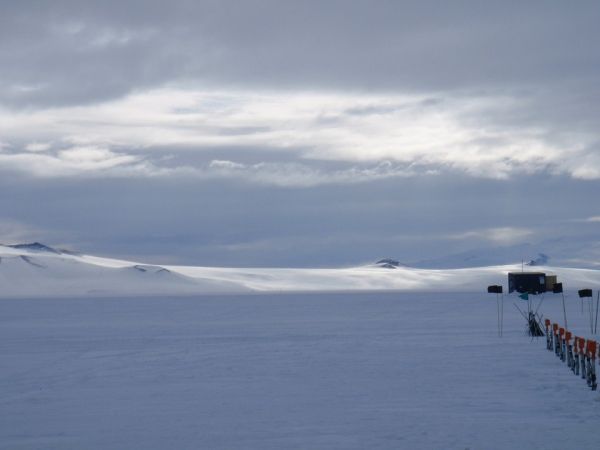Far underneath the ice shelves of the Antarctic, there’s more life than expected, finds a recent study in the journal Frontiers in Marine Science, published this week (15 February 2021).
During an exploratory survey, researchers drilled through 900 m of ice in the Filchner-Ronne Ice Shelf, situated on the South Eastern Weddell Sea. At a distance of 260 km away from the open ocean, under complete darkness and with temperatures of -2.2 °C, very few animals have ever been observed in these conditions. But this study is the first to discover the existence of stationary animals – like sponges and potentially several previously unknown species – attached to a boulder on the sea floor.
“This discovery is one of those fortunate accidents that pushes ideas in a different direction and shows us that Antarctic marine life is incredibly special and amazingly adapted to a frozen world,” says biogeographer and lead author, Dr Huw Griffiths of British Antarctic Survey.
“Our discovery raises so many more questions than it answers, such as how did they get there? What are they eating? How long have they been there? How common are these boulders covered in life? Are these the same species as we see outside the ice shelf or are they new species? And what would happen to these communities if the ice shelf collapsed?”
Read more at British Antarctic Survey
Photo Credit: PublicDomainPictures via Pixabay


